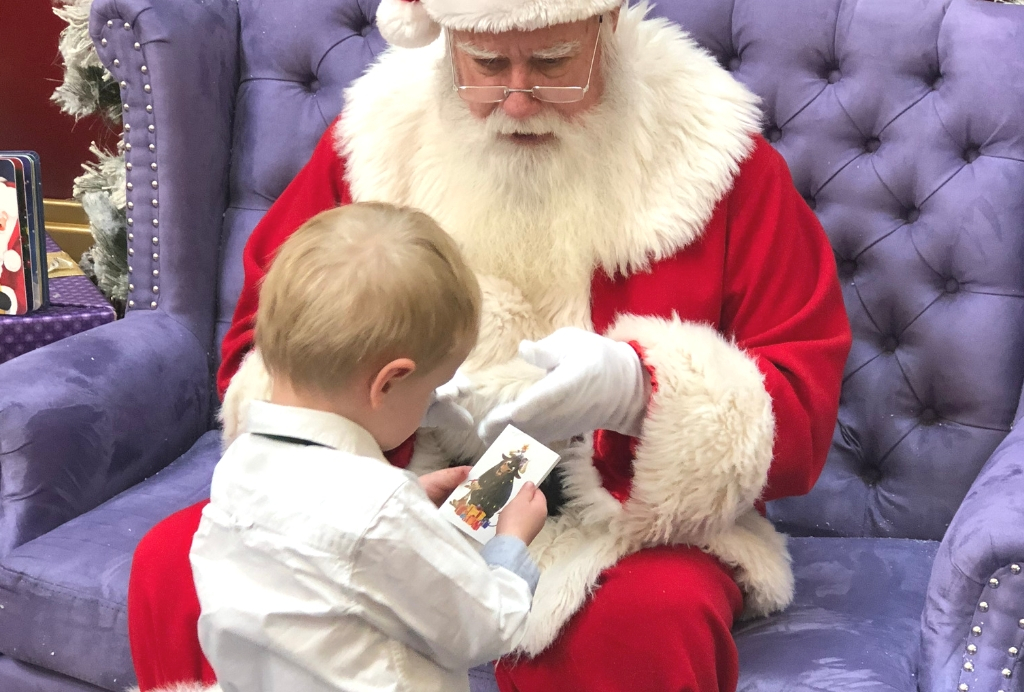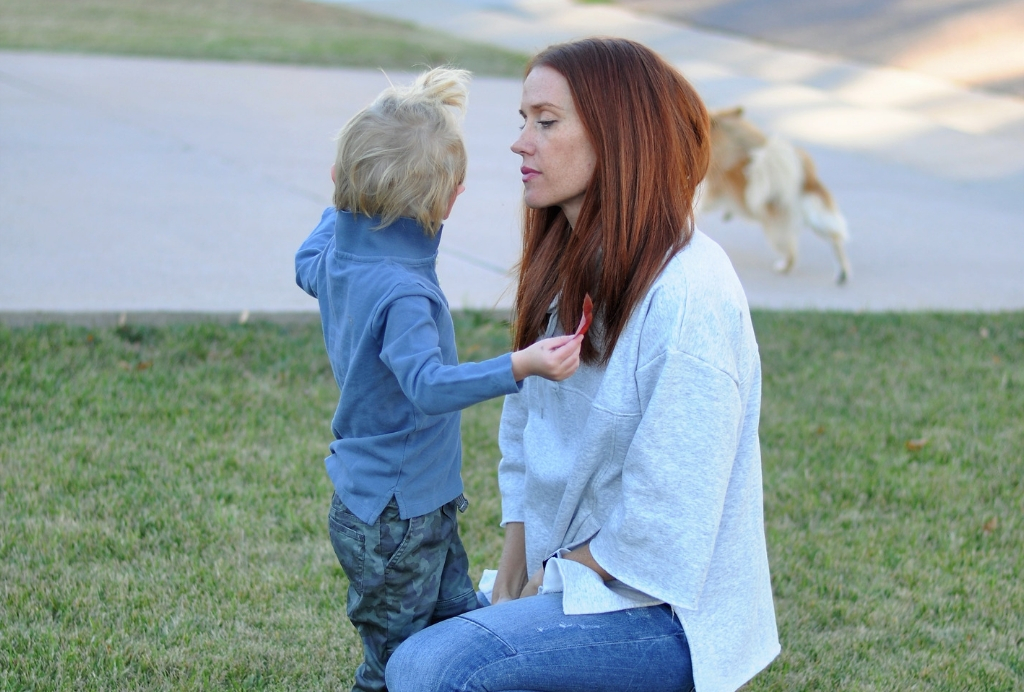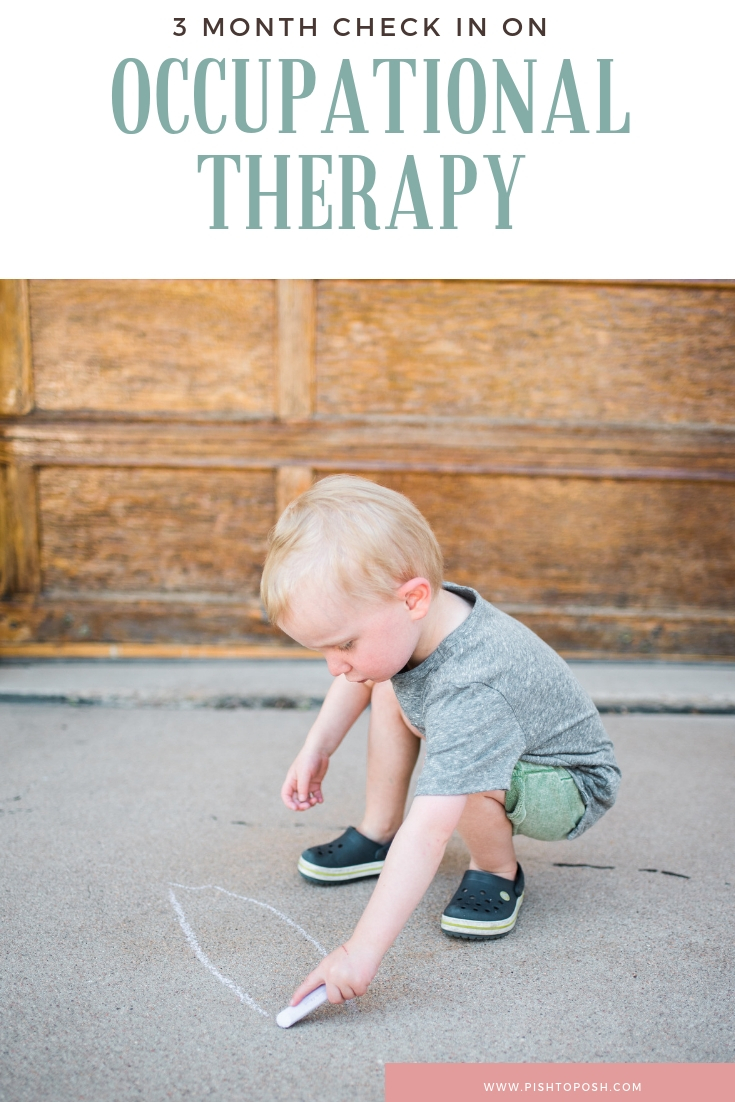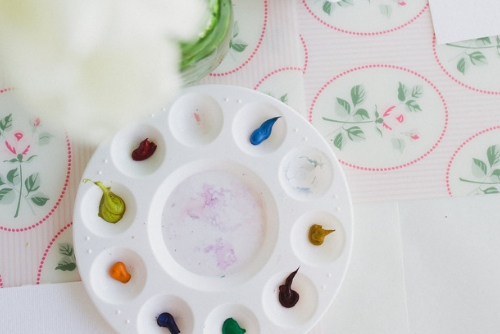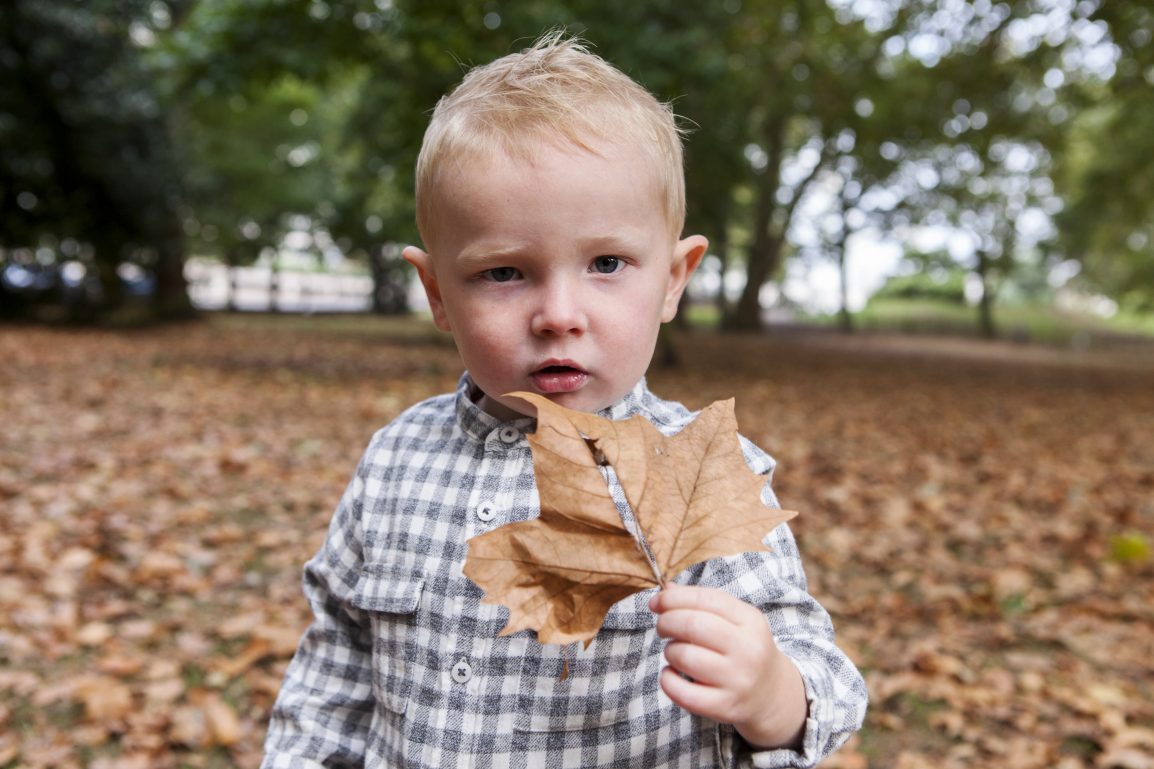The Big Man. Santa Claus. St. Nick. Father Christmas
The thing is this: as a parent you either loath the visit to Santa or you wait all year for this amazing day. Despite what side you fall on the visit is going to happen. And hopefully after reading this the visit will be a huge success.
We all know the picture of the fat man in a red suit holding the screaming baby… yah we have that photo! And in fact we have like 3 of them. It is only in the past year that Declan has come around to Santa. But each year we have gotten closer and closer to a successful Santa visit and so I am determined that this year will be the best one yet! And because we have been through this and now we have the lens of sensory processing I wanted to share my secrets to successful Santa visits.
For kids with SPD a visit to Santa can either be a great way to meet sensory needs or it can be a nightmare. If you kiddo is a seeker than all the lights, crowds, sounds and Santa himself can meet a lot of their needs. But if you child is an avoider, especially a severe avoider, a visit to Santa class could just be the worst day every- despite your best intentions. My hope is that no matter your child’s needs these secrets will help ease any anxiety and tension.
The whole idea of Santa is to create memories and share the magic of the Holidays with out littles. Santa is the last step of magic… before they become non-believers. So let’s make those visits a happy, joyful, stress free outing.

5 SECRETS FOR SUCCESSFUL SANTA VISITS
Plan Ahead
This may seem like a silly one to even mention. BUT when you are dealing with kids with SPD (or any child in general) having a plan can make or break your trip. While some parents and children are able to fly by the seat of their pants I highly suggest making a PLAN before you venture off to see Santa. Consider timing; not only how long it takes to see Santa but the potential line, the amount of travel time and any additional time spent getting to Santa. Don’t take kids around lunch time when they may be hungry and consider first thing in the morning before your kids start to get tired. Make sure to check when Santa is available before you head out! Santa is waiting!
Divide and Conquer
Make it a group outing! Invite grandparents and/or close friends. Have a one adult wait in line (if there is one) and one or two adults walk around the kiddos. This can be especially helpful for kids with SPD. Seekers may need to run, jump and wiggle. So having someone to hangout with them and support them while they do that can be really helpful. If you have an avoider having an extra person there to wait further away from the crowds, or help distract or even wait in the car can make the whole experience manageable. It takes a village!
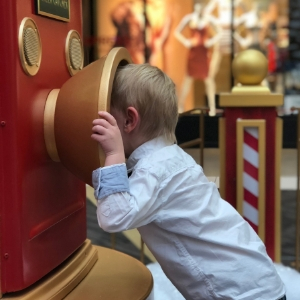 Be Flexible
Be Flexible
Parents want perfect Hallmark photos and memories. And sometimes we have such grandiose expectations of what the visit and moment should look like that we forget to let our kids experience. Keep in mind they are still children and be flexible on your expectations of the moment. The photo may not be perfect but your child’s eyes light up and the magic is alive in them then that is a successful Santa visit. Remember, whose memory is this… theirs or yours??
Keep It Simple
For the most part kids are simple humans. They like it simple and easy. Adults are the ones that make it complicated and muddy up the waters. And believe me I am guilty of this! Let them be kids. Do not stress about what they may say to Santa- let them be spontaneous. Try not to over think their behavior in the moment; as a parent of SPD that is hard to do. But them experience and live it. They are simple creatures who simply want to laugh, smile and be happy. And if Santa doesn’t meet those need I am not sure who can!
Expect The Unexpected
You made a plan a head of time, you were flexible and you kept it simple… and then you got up to Santa and your kiddo freaked out. Expect that. In the moment things can always change and while being flexible is great it is also making sure we understand that we will likely be surprised by something. For the kids with SPD this last secret is one of the most important. We can plan and do as much preparing as possible but we all know that we should walk into any situation expecting the unexpected. And that is okay! And that does not mean failure!
Santa truly embodies the best that the Holidays has to offer and I want more than anything for you and your kiddos to enjoy getting to see him and sending off your Christmas wishes. But Mamas, remember at the end of the day it is about the memories and the magic of the season. Santa is a great dude! But do not make a visit to see him the end all be all of the Holiday season. With these five easy secrets your visits will hopefully be a little more successful, be a little less anxious and a little more merrier.
With Love,


